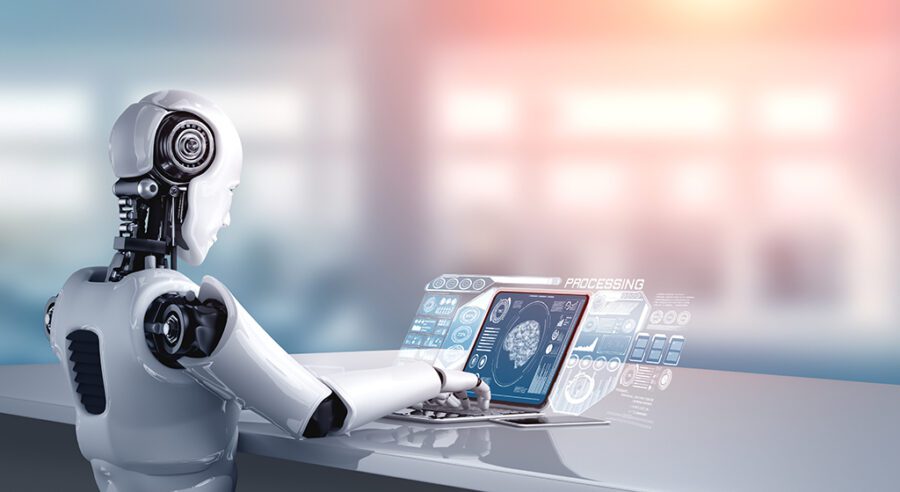
Data scientists face a problem: machine learning models need to be trained on labeled datasets, but labeling the data is tedious and time-consuming. Enter automatic data labeling, in which most of the preprocessing work is done by a computer.
At first glance, automatic data labeling sounds too good to be true. Of course, more automation is typically a good thing regarding efficiency. In many industries, automation has increased productivity and production and has increased the quality of both while keeping them consistent.
However, there seems to be a recursive paradox in the idea of letting a machine learning model both prepare and process data.
In other words, where is human intelligence coming in for quality assurance? As it turns out, there are ways to include human “backup” and dedicated automated data labeling and annotation services that have already been established.
Having cake and eating it too is possible thanks to the efficiency and accuracy of automatic data labeling.
Data Is Processed Faster by AI
It is difficult to argue that computers simply outpace humans for tedious calculations. Repetition is precisely what artificial intelligence is good at, whereas humans eventually become bored and slow down.
In an article for Scientific American, Jennifer Vogel-Walcutt, a developmental psychologist, reports that boredom is the reason for 25% of variations in student achievements. So it stands to reason that similar phenomena occur in the workplace, costing time and money.
Time is a particularly urgent concern for data scientists. The oft-cited statistic that data scientists spend about 80% of their time preprocessing data rather than analyzing it points to the problem.
Automated data labeling and annotation services in specific applications, especially natural language processing (NLP) and computer vision (CV), label data efficiently and consistently. These fields depend upon a vast amount of accurately labeled training data for machine learning models to learn to recognize language and images.
Automation can speed matters along because the computer never grows weary of its task, no matter its magnitude.
Furthermore, the algorithms provided by these automated services have already been established, so there is no extra overhead unaccounted for in developing new ones or “reinventing the wheel,” so to speak.
Reduced Likelihood of Errors on Large Datasets
The question of accuracy gets more complicated because there can be gray areas when it comes to classifying data. Perhaps human eyes cannot distinguish objects in a given image, either, to give a computer vision example.
However, automatic data labeling has a strong potential to reduce error, especially across large volumes of data. Boredom in humans eats up time and increases the incidence of careless mistakes.
Careless mistakes, of course, cost more time and money to resolve, which is especially true in data science. Appen CPO Sujatha Sagiraju explains that the output quality you receive by using better data to train AI models will be higher, leading to a higher return on investments. It is well worth the relatively minor initial investment to avoid costly errors later.
But another critical factor to note is that automatic data labeling is almost always used in conjunction with human quality assurance in a way that leverages both human and machine intelligence. Active learning is another subtype of machine learning, where it will take a subset of available data and manually label it, then automatically label the remaining data based on that information.
The active learning model determines what next label would help it learn faster during its training phase. Even though some manual labeling must be performed by humans, it is not nearly as necessary to train an active learning algorithm.
Effective active learning is the key to the transition from fully manual data labeling to automatic data labeling. Both humans and machines are necessary to simultaneously achieve high standards in efficiency and accuracy in labeling training data.
A Final Word
Automatic data labeling may not be the completely automated magic bullet data scientists would love to have. Still, it can save a great deal of time and money by shifting the preprocessing burden to machine learning algorithms.
The human touch comes into play when it comes to initiating the process of active learning, upon which automated data labeling depends to be truly efficient.
With just a little human help, these ML algorithms can consistently handle large datasets at any scale, making what was once an unnecessarily slow and error-prone process significantly faster and more accurate.
